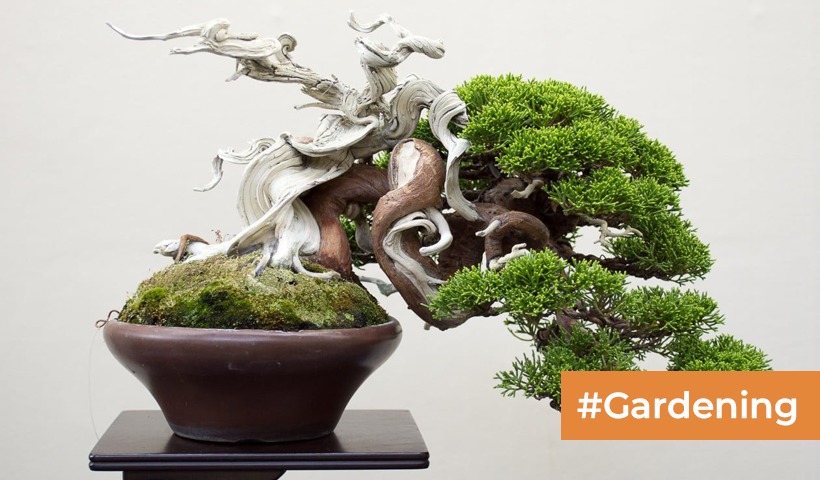Banyan Tree: Facts and Significance
Banyan trees, scientifically known as Ficus benghalensis, are revered for their majestic presence and unique growth habits. These trees belong to the fig family and are characterized by their expansive canopy and aerial prop roots. Historically, banyan trees hold significant cultural and religious importance in various societies.
Botanical Features
Unique Growth Pattern
One of the most remarkable features of banyan trees is their ability to grow aerial prop roots from their branches, which eventually reach the ground and become secondary trunks. This growth pattern allows banyans to spread over vast areas, creating natural shelters and habitats for various organisms.
Leaves and Roots
Banyan tree leaves are broad, glossy, and elliptical in shape, providing ample shade in tropical climates. The roots of banyan trees are not only supportive but also absorbent, contributing to their ecological role in soil stabilization and water retention.
Cultural and Symbolic Significance
Religious Importance
In many cultures, banyan trees are considered sacred and are often associated with spiritual practices. In Hinduism, the banyan tree is believed to be the abode of the deity Vishnu, symbolizing longevity and eternal life. Similarly, in Buddhism, it is under the Bodhi tree, a species of banyan, where Siddhartha Gautama attained enlightenment.
Symbolism in Different Cultures
Beyond religion, banyan trees symbolize resilience, strength, and interconnectedness in various cultural contexts. They are often depicted in art, literature, and folklore as symbols of wisdom and endurance.
Ecological Importance
Habitat for Wildlife
The expansive canopy of banyan trees provides a habitat for numerous species of birds, insects, and mammals. These trees play a crucial role in supporting biodiversity in tropical ecosystems by offering shelter, nesting sites, and food sources.
Soil Stabilization
The extensive root system of banyan trees helps prevent soil erosion and land degradation. By anchoring themselves firmly into the ground, banyan roots stabilize slopes and riverbanks, mitigating the effects of natural disasters such as floods and landslides.
Economic Uses
Traditional Medicinal Uses
In traditional medicine systems like Ayurveda and traditional Chinese medicine, various parts of the banyan tree, including the leaves, bark, and aerial roots, are used to treat a wide range of ailments. These include digestive disorders, respiratory problems, and skin conditions.
Commercial Value
Apart from their medicinal properties, banyan trees also have commercial value. The wood is used for making furniture, handicrafts, and musical instruments, while the latex extracted from the bark has industrial applications.
Threats and Conservation Efforts
Human Impact
Despite their cultural and ecological significance, banyan trees face threats from urbanization, deforestation, and habitat fragmentation. Encroachment for development projects and improper land management practices pose a significant risk to their survival.
Conservation Initiatives
To conserve banyan trees and their habitats, various conservation organizations and governmental agencies are implementing measures such as protected area designation, reforestation efforts, and community-based conservation projects.
Famous Banyan Trees Around the World
Notable Examples
- The Great Banyan Tree in India, known for its vast canopy covering over 14,000 square meters, making it one of the largest trees in the world.
- The Banyan Tree Park in Lahaina, Hawaii, a historic site where the first banyan tree was planted in 1873.
Tourist Attractions
Famous banyan trees often attract tourists seeking to marvel at their grandeur and learn about their cultural and ecological significance. Visiting these iconic trees offers visitors a unique opportunity to connect with nature and appreciate its wonders.
Conclusion
Banyan trees stand as timeless symbols of cultural heritage, ecological resilience, and natural beauty. As stewards of the environment, it is our collective responsibility to protect and preserve these majestic giants for future generations to admire and benefit from.
FAQs about Banyan Trees:
- Are all fig trees considered banyan trees? No, banyan trees belong to the species Ficus benghalensis, while there are many other species of fig trees with distinct characteristics.
- Can banyan trees grow in non-tropical climates? Banyan trees thrive in tropical and subtropical regions with warm temperatures and high humidity. They may struggle to survive in colder climates.
- Are banyan trees protected by law? In many countries, banyan trees are protected under conservation laws due to their cultural and ecological significance.
- How long do banyan trees live? Banyan trees have long lifespans and can live for hundreds of years under favorable conditions.
- Do banyan trees produce edible fruits? Yes, banyan trees produce small fig-like fruits that are consumed by birds and other wildlife, but they are not typically harvested for human consumption.
Disclaimer: The views expressed above are for informational purposes only based on industry reports and related news stories. PropertyPistol does not guarantee the accuracy, completeness, or reliability of the information and shall not be held responsible for any action taken based on the published information.




